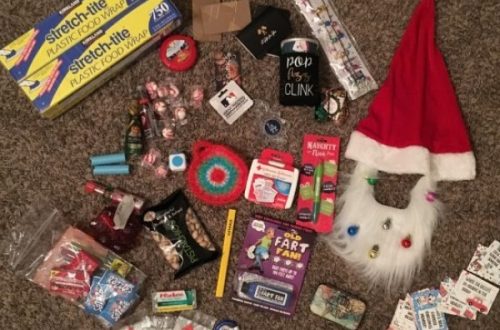Introduction
3D puzzles are more than just a pastime—they’re a powerful way to spend quality time with loved ones while challenging the mind and building something tangible. These intricate, multi-dimensional puzzles offer a unique experience that combines creativity, problem-solving, and teamwork. Whether you’re working on a model of a famous landmark or a complex mechanical structure, 3D puzzles provide an engaging activity that appeals to both children and adults.
One of the main reasons people enjoy 3D puzzles is their ability to foster connection. When families or friends work together to assemble a puzzle, they create shared moments of laughter, discussion, and accomplishment. This makes 3D puzzles a great tool for strengthening relationships and creating lasting memories.
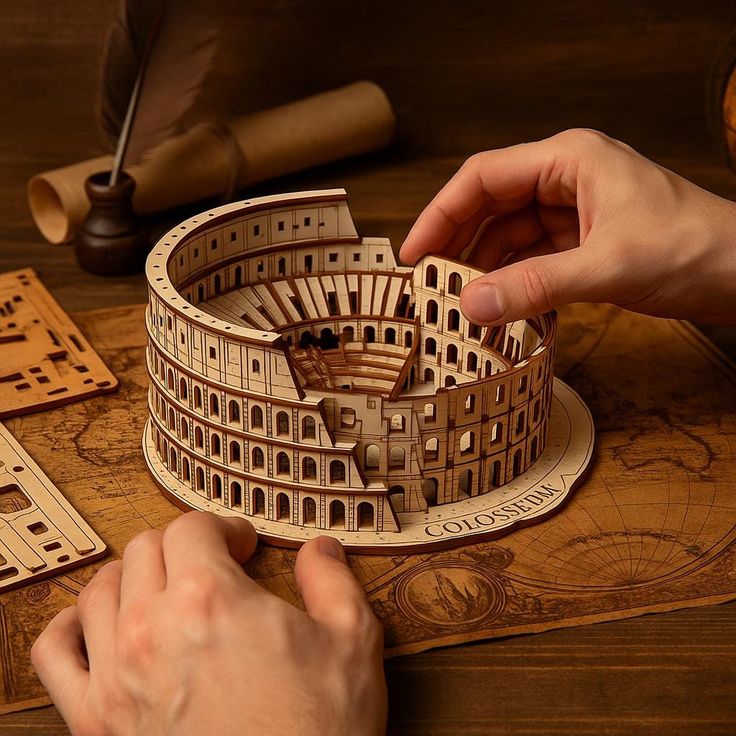
Additionally, 3D puzzles are designed to be both challenging and rewarding. Unlike traditional flat puzzles, these models require spatial reasoning, attention to detail, and patience. As each piece fits into place, the sense of achievement grows, making the process as satisfying as the final result.
Another benefit is their educational value. Many 3D puzzles are designed to teach skills like critical thinking, hand-eye coordination, and perseverance. They are especially popular among parents who want to engage their children in meaningful, screen-free activities.
Overall, 3D puzzles are a fun and creative way to spend time with others. By choosing the right model, you can enjoy a rewarding experience that brings people closer together and keeps the mind sharp.
Why 3D Puzzles Are Perfect for Family Time
3D puzzles are an excellent choice for family time because they encourage collaboration, communication, and shared goals. First, they promote teamwork. When multiple people work on the same puzzle, they must discuss strategies, share ideas, and support each other through challenges. This helps build trust and strengthens bonds between family members.
Second, 3D puzzles offer a break from screens and digital distractions. In today’s fast-paced world, it’s easy to get caught up in technology. However, 3D puzzles provide a hands-on, offline activity that allows everyone to focus on the task at hand and connect with each other in a meaningful way.
Third, these puzzles are suitable for all ages. Children can learn basic problem-solving skills, while adults can enjoy the challenge of assembling complex models. This makes 3D puzzles a great option for intergenerational activities, where different age groups can participate and contribute.
Moreover, 3D puzzles help develop important life skills. As individuals work through the steps to complete a puzzle, they learn patience, persistence, and attention to detail. These are valuable lessons that extend beyond the puzzle itself and into everyday life.
Lastly, the satisfaction of completing a 3D puzzle is unmatched. The final product is not just a completed puzzle—it’s a tangible creation that reflects the effort and teamwork of everyone involved. This sense of achievement can boost confidence and create a sense of pride in what has been accomplished.
By choosing 3D puzzles, families can enjoy a fun, educational, and memorable experience that brings them closer together.
How Puzzles Help Build Stronger Relationships
3D puzzles play a key role in strengthening relationships by encouraging interaction, cooperation, and mutual support. One of the most significant ways they do this is by promoting communication. As family members work together, they must talk about strategies, share observations, and make decisions. This open dialogue helps improve understanding and fosters a deeper connection.
Another advantage is the opportunity for bonding. When people work on a 3D puzzle together, they create shared experiences and inside jokes. These moments become part of the family’s story and can be cherished for years to come. This kind of emotional connection is hard to achieve with many modern entertainment options.
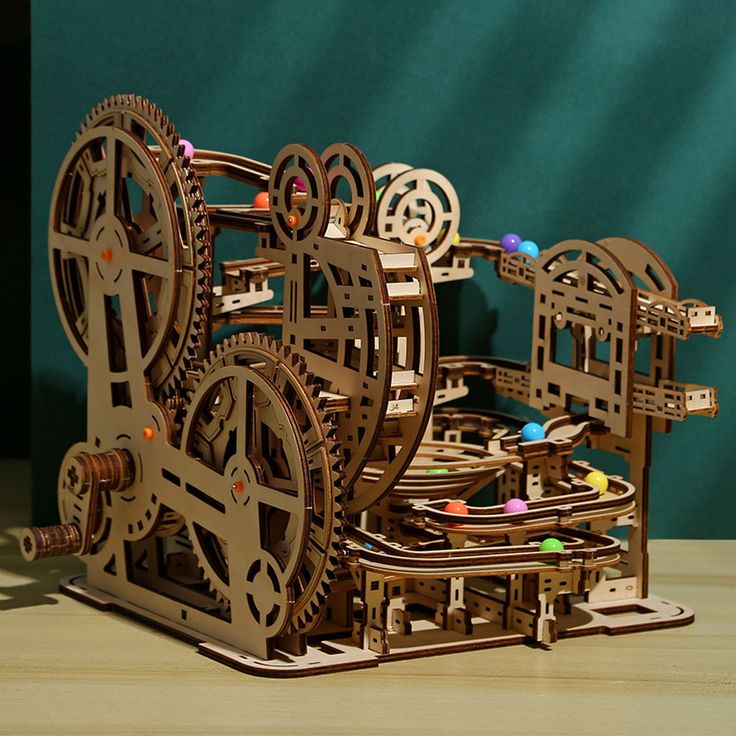
Furthermore, 3D puzzles allow for different roles within the group. Some may take charge of organizing pieces, while others focus on finding the right fit. This division of labor teaches responsibility and respect for each person’s contributions. It also gives every member a chance to feel valued and involved.
In addition, 3D puzzles offer a sense of accomplishment when completed. Celebrating the finished product together reinforces positive feelings and creates a sense of unity. It’s a moment that everyone can look back on with pride and joy.
Lastly, 3D puzzles can be a great way to introduce new hobbies or interests. Parents can inspire their children by showing them how to approach challenges, while children can surprise adults with their problem-solving abilities. This exchange of knowledge and encouragement strengthens the relationship between generations.
Through these interactions, 3D puzzles become more than just a game—they become a tool for building stronger, more meaningful connections.
Benefits of Using
3D puzzles offer numerous benefits for learning and development, especially for children but also for adults. One of the main advantages is the improvement of cognitive skills. As users work through the puzzle, they practice spatial awareness, logical thinking, and pattern recognition. These are essential skills that support academic success and real-world problem-solving.
Another benefit is the enhancement of fine motor skills. The precise movements required to fit pieces together help strengthen hand-eye coordination and dexterity. This is particularly useful for young children who are still developing these abilities.
In addition, 3D puzzles encourage patience and perseverance. Completing a complex model takes time and effort, teaching individuals to stay focused and not give up when faced with challenges. This mindset is crucial for personal growth and future success.
Moreover, 3D puzzles can be a fun way to learn about history, science, and art. Many models represent famous landmarks, scientific concepts, or artistic designs. As people assemble these puzzles, they gain knowledge in a playful and engaging way.
Lastly, 3D puzzles support emotional development. The sense of accomplishment after finishing a puzzle boosts self-esteem and confidence. It also provides a safe space for individuals to express themselves and explore their creativity.
By incorporating 3D puzzles into daily routines, families can support both intellectual and emotional growth in a fun and interactive way.
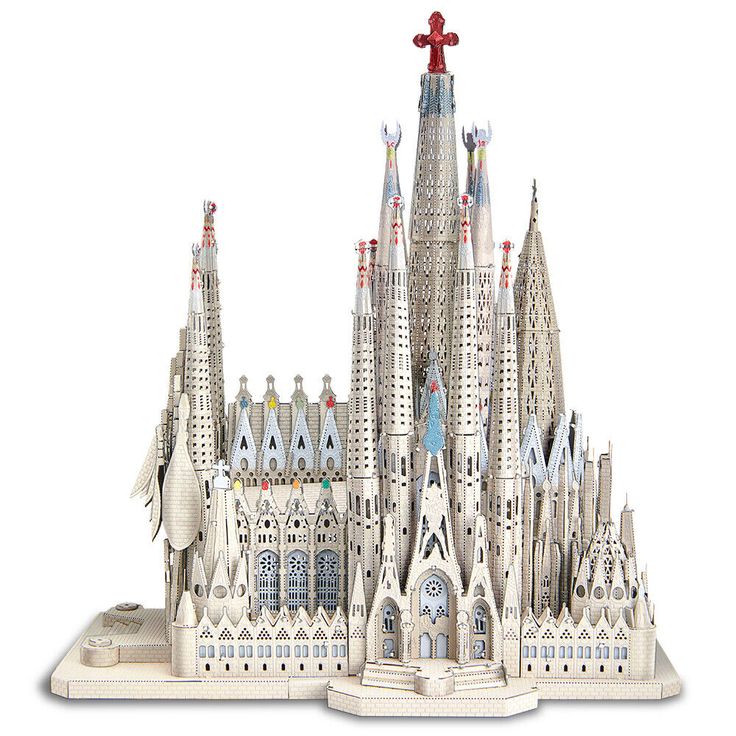
Choosing the Right 3D Puzzle for Your Family
Selecting the right 3D puzzle depends on several factors, including age, skill level, and interests. First, consider the age of the participants. Younger children may benefit from simpler models with fewer pieces and larger components, while older children and adults can handle more complex designs. Always match the difficulty to the group’s capabilities to ensure a positive experience.
Next, think about the theme or subject of the puzzle. 3D puzzles come in a wide range of styles, from historical buildings to space stations and mechanical models. Choosing a theme that interests your family ensures that everyone will be engaged and motivated to complete the project.
Another important factor is the size and complexity of the puzzle. Larger models with more pieces can be a great challenge, but they may also require more time and patience. Smaller, simpler puzzles are ideal for quick sessions or for those who prefer shorter, more manageable projects.
Don’t forget to check the materials used. High-quality 3D puzzles are typically made from durable, eco-friendly materials that are safe for all ages. Look for options that are easy to assemble and have clear instructions.
Finally, read reviews and compare brands. Choose a reputable manufacturer known for producing high-quality, well-designed puzzles. This ensures that your family gets a product that is both enjoyable and long-lasting.
By taking these factors into account, you can find a 3D puzzle that suits your family’s needs and brings everyone together in a fun and meaningful way.
Tips for Enjoying Puzzles as a Family
Enjoying 3D puzzles as a family requires a bit of planning and strategy. Start by setting a specific time for puzzle sessions. Having a regular schedule helps everyone know when they can expect to spend quality time together. This consistency can make the activity more enjoyable and less overwhelming.
Next, divide tasks based on each person’s strengths. For example, one person might be good at sorting pieces, another at finding the right parts, and another at putting them together. This分工 (division of labor) ensures that everyone feels involved and contributes to the final result.
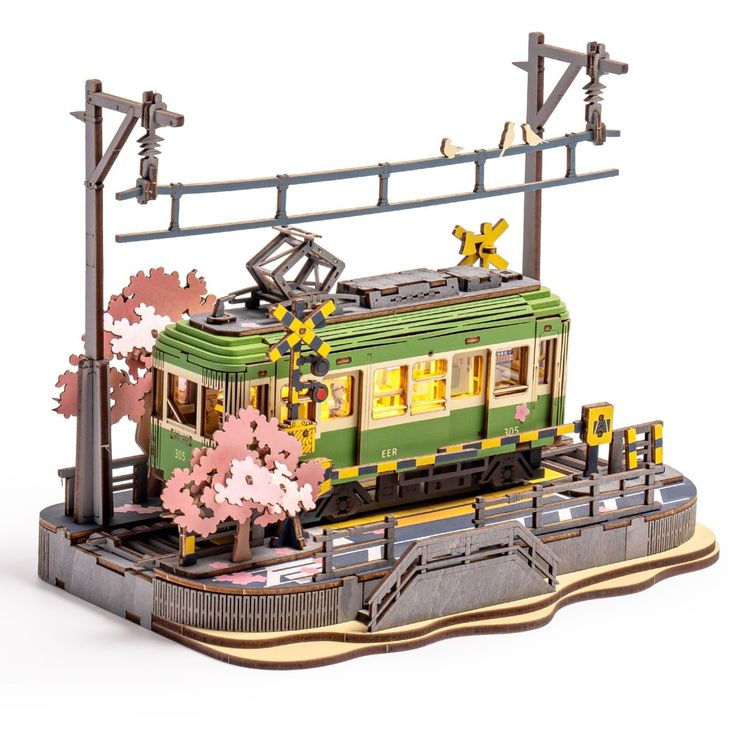
Another tip is to keep the atmosphere light and fun. Encourage laughter, share stories, and celebrate small milestones along the way. A relaxed environment makes the experience more enjoyable and reduces stress, even when the puzzle becomes challenging.
Don’t rush the process. 3D puzzles should be seen as a journey, not a race. Allow time for mistakes and adjustments, and remind everyone that it’s okay to take breaks when needed. This approach helps maintain motivation and prevents frustration.
Also, use the puzzle as a learning opportunity. Discuss the design, the history behind the model, or the engineering involved. This adds depth to the activity and turns it into a valuable educational experience.
Lastly, display the finished puzzle proudly. Once the project is complete, hang it up or place it somewhere visible. This serves as a reminder of the time spent together and the effort put into the project.
By following these tips, families can maximize the enjoyment and benefits of 3D puzzles.
Where to Find High-Quality Puzzles
Finding high-quality 3D puzzles requires some research and careful selection. Start by exploring online retailers like Amazon, Etsy, and specialized toy stores. These platforms offer a wide variety of models, allowing you to compare features, prices, and customer reviews before making a purchase.
Local toy shops and craft stores are also great places to find 3D puzzles. These stores often have knowledgeable staff who can recommend models based on your family’s interests and skill levels. Plus, shopping in person allows you to see the puzzles up close and test them before buying.
For those looking for unique or handmade options, online marketplaces like Etsy are an excellent choice. Many independent creators offer custom-designed 3D puzzles that are both beautiful and challenging. These items can add a special touch to your collection and make the activity more personal.
You can also look for 3D puzzles at educational or specialty stores. These stores often carry models that are designed for learning, making them ideal for families interested in combining fun with education. They may also offer workshops or classes that guide you through the assembly process.
Lastly, don’t overlook sales and promotions. Many retailers offer discounts during holidays or special events, making it easier to find a high-quality 3D puzzle without breaking the bank. Keep an eye out for these opportunities to get the best value for your money.
By exploring these options, you can find a 3D puzzle that meets your family’s needs and enhances your time together.
The Educational Value
3D puzzles offer significant educational value, making them a great choice for families who want to combine fun with learning. One of the main benefits is the development of spatial reasoning skills. As individuals work through the puzzle, they learn to visualize objects in three dimensions and understand how different parts fit together. This type of thinking is essential for subjects like math, engineering, and architecture.
Another educational benefit is the improvement of problem-solving abilities. Each 3D puzzle presents a unique challenge that requires critical thinking and creative solutions. This helps build resilience and encourages individuals to try different approaches until they find the right one.
In addition, 3D puzzles enhance concentration and focus. The process of assembling a complex model requires sustained attention and patience, which are valuable skills in both academic and real-life situations. This is especially beneficial for children who are still developing these abilities.
Furthermore, 3D puzzles can be used to teach history, science, and art. Many models are based on real-world structures, historical landmarks, or scientific concepts. As families work on these puzzles, they naturally learn about the subject matter in an engaging and interactive way.
Lastly, 3D puzzles encourage collaboration and communication. As people work together, they must share ideas, ask questions, and support each other. This social interaction helps build important interpersonal skills that are vital for personal and professional success.
By using 3D puzzles as an educational tool, families can turn playtime into a valuable learning experience.
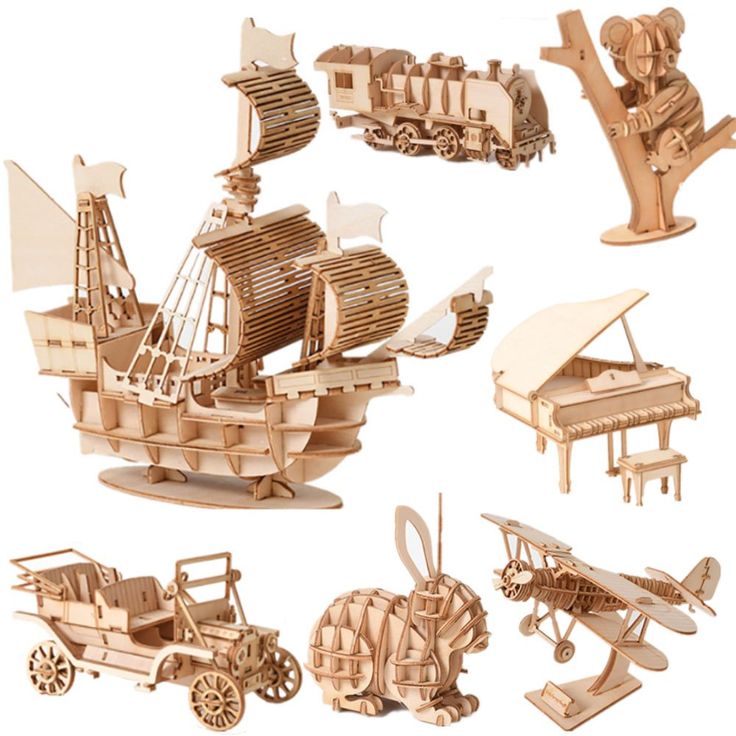
Conclusion
In conclusion, 3D puzzles are more than just a fun activity—they’re a powerful way to build memories, strengthen relationships, and support learning. Whether you’re working on a model of a famous building, a mechanical device, or a creative design, the process of assembling a 3D puzzle brings people together in a meaningful way.
The first and last paragraphs of this article must include the keyword “3D puzzles” to optimize search engine visibility and increase click-through rates. As we’ve seen, these puzzles are more than just a hobby—they’re a tool for connection, learning, and fun.
By choosing the right 3D puzzles and using them regularly, families can enjoy countless hours of engaging and rewarding time together. So, why wait? Explore the world of 3D puzzles today and start building memories that will last a lifetime.




